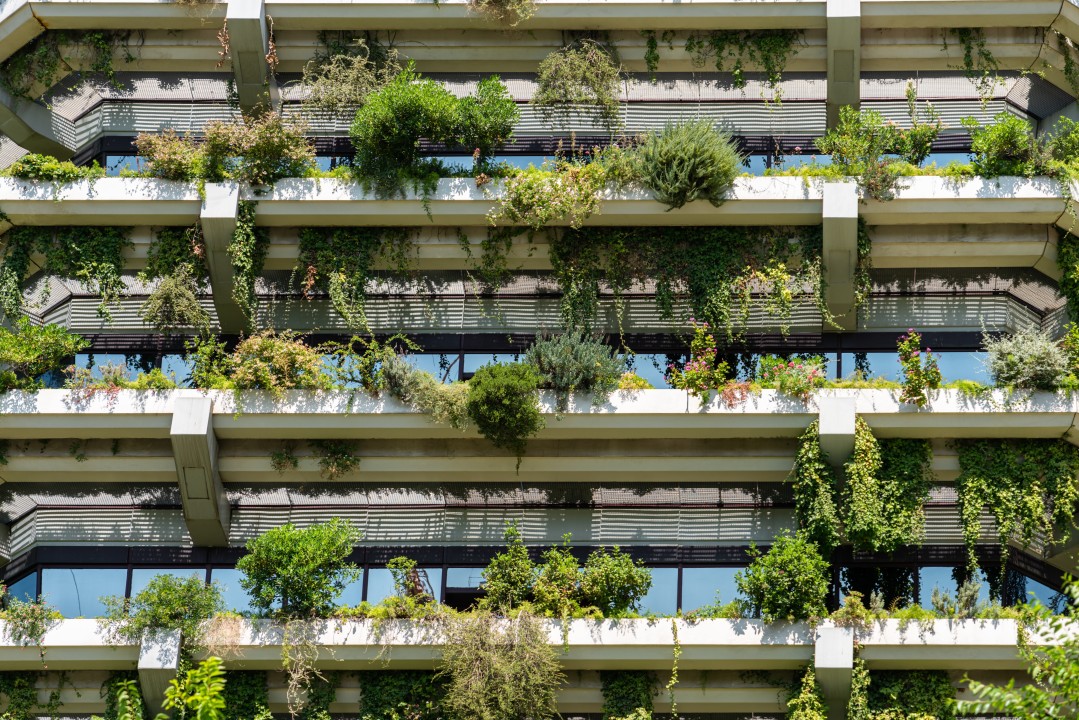Revolutionizing Design: The Rise of Ecological Architects

Understanding Ecological Architecture
In recent years, the architectural world has witnessed a transformative shift towards sustainability, driven by a growing awareness of environmental issues. Ecological architects have emerged as key players in this revolution, advocating for designs that are not only aesthetically pleasing but also environmentally responsible. This movement prioritizes the integration of natural elements, energy efficiency, and sustainable materials into architectural practices, fundamentally changing how buildings are conceived and constructed.
The Principles of Ecological Architecture
Ecological architecture is built on several core principles. First and foremost is the use of sustainable materials. These materials, often locally sourced, reduce the carbon footprint associated with transportation and manufacturing. Additionally, ecological architects emphasize energy efficiency through the use of passive solar design, natural ventilation, and insulation techniques that minimize energy consumption.
Another crucial aspect is the incorporation of green spaces. Roof gardens, vertical forests, and interior plant installations not only enhance the aesthetic appeal of buildings but also improve air quality and provide natural cooling. Water conservation is also a significant focus, with rainwater harvesting systems and greywater recycling becoming standard practices in ecological design.
Atelier Vert Forêt: A Pioneer in Ecological Architecture
One notable example of leadership in this field is Atelier Vert Forêt architecte écologique. This architectural firm has garnered recognition for its innovative and environmentally conscious designs. Their projects exemplify the principles of ecological architecture, seamlessly blending modern aesthetics with sustainable practices.
Atelier Vert Forêt architecte écologique is known for its holistic approach to design, considering the environmental impact of each project from inception to completion. Their portfolio includes residential, commercial, and public buildings, all designed with a commitment to sustainability. By prioritizing energy efficiency, using eco-friendly materials, and integrating green spaces, the firm sets a benchmark for future architectural practices.
The Impact and Future of Ecological Architecture
The rise of ecological architects like those at Atelier Vert Forêt architecte écologique signifies a broader shift in the architectural industry. As climate change and environmental degradation become more pressing concerns, the demand for sustainable architecture is likely to increase. This shift not only benefits the environment but also promotes healthier living spaces for occupants.
Ecological architecture is not just a trend but a necessary evolution in design thinking. By reimagining how buildings interact with their surroundings, ecological architects are paving the way for a more sustainable and harmonious future. The continued innovation and dedication of firms like Atelier Vert Forêt architecte écologique will undoubtedly inspire and shape the architectural landscape for years to come.
In conclusion, the rise of ecological architects is a testament to the growing commitment to sustainability in architecture. Through the use of sustainable materials, energy-efficient designs, and the integration of natural elements, these architects are revolutionizing the industry, ensuring that the built environment contributes positively to the planet.

